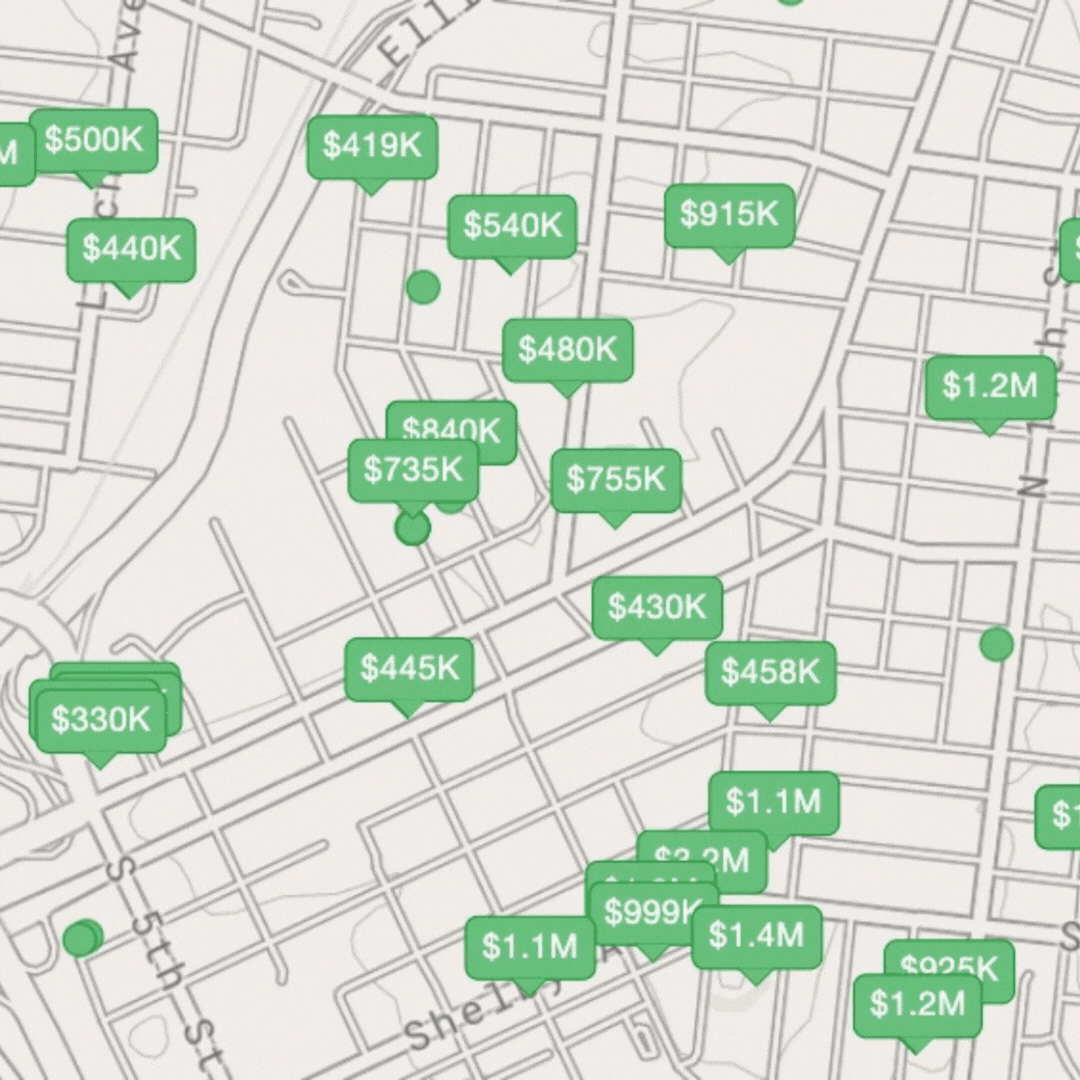 Are Taxes the Root of Unhappiness?
Are Taxes the Root of Unhappiness?
Here’s an interesting piece from the NYTimes By ALLYSIA FINLEY
Does living in a blue state make people blue? It seems so, according to a new study in Science magazine that ranks states according to their happiness. The study finds that New Yorkers are the unhappiest people in America and their neighbors in Connecticut come in a close second, followed by Michigan, Indiana, New Jersey, California, and Illinois. And the happiest states? Drum roll, please…Louisiana, Hawaii, Florida, Tennessee, and Arizona.
Eight of the ten happiest states lean right while eight of the ten unhappiest tilt left. While the study by no means proves that being liberal makes people unhappy, it does reflect some of the unfortunate implications of living in a blue state.
But first a note on the study. Using data from the 2005-2008 Behavioral Risk Factor Surveillance System and a 2003 economics paper examining quality-of-life indicators, economists regressed the subjective measure of well-being (how people rate their satisfaction) against the objective measure (states’ quality-of-life rankings based on compensating differentials). A compensating differential in labor economics refers to the additional amount of income an employer must pay a worker to compensate for the undesirability of a job or the location’s lack of amenities (e.g. local and state tax levels, climate, environmental conditions, quality of schools, and crime rates).
For example, employers in New York would have to pay higher wages to compensate for New York’s high taxes, traffic congestion, cold weather, and poor schools. Due to these “disamenities,” New York ranked lowest on the quality-of-life index.
What’s noteworthy about the study is that states’ quality-of-life rankings (measured by their compensating differentials) correlated exceedingly well with residents’ satisfaction ratings. The correlation between quality of life and satisfaction is statistically significant (P=0.0001; r=0.6; r2=0.36). The coefficient of determination r2 shows how well the regression line fits the data points. While an r2 of 0.36 may not seem large—and in some studies may not be statistically significant—it is unusually high by the standards of behavioral science. To give an idea of the magnitude of this correlation, the r2 of people’s satisfaction ratings taken two weeks apart is also 0.36.
The study suggests that quality of life heavily influences happiness. This may seem obvious, but until this study, social scientists have struggled to develop a model that supports this hypothesis. Now we know that people who say they’re satisfied with their lives aren’t just delusional or overly optimistic, and people who say they’re unsatisfied aren’t just pessimists. People have legitimate reasons to be happy or unhappy.
And well, high taxes seem to be a big reason—ostensibly an even bigger reason than weather given that California is one of the unhappiest states and inclement Louisiana is the happiest. Further, considering how much New York’s crime rate has dropped and schools have improved in the last decade, taxes seem to overwhelm even these two critical factors in the happiness equation. According to the Tax Foundation 2008 analysis, three of the top five unhappiest states—New York, Connecticut and New Jersey—have the highest state-local tax burdens. On the other hand, four of the top five happiest states—Louisiana, Florida, Tennessee and Arizona—are among the states with the lowest state-local tax burdens. True, correlation doesn’t prove causation, and high taxes alone don’t always make people miserable, but there’s something going on here.
In states with high property, income, and sales taxes like New York, people have less money to spend on other things that make them happy. They have less money to spend on vacations, hobbies, home improvements, eating out and child care. Another problem may be that people receive a low return on their tax dollars. The study’s authors note that people are least happy in states that impose high taxes but don’t provide matching public benefits (e.g. good highways to relieve congestion and reduce commute times). It’s in states where taxes disproportionately subsidize public employee pensions and entitlement programs, but don’t much improve the general public’s quality of life, that people are most unhappy.
This intuitively makes sense. If you’re paying more than a third of your income in taxes, as many New Yorkers do, then you expect to realize the benefits from your hard-earned tax dollars. You expect quality schools, good roads, low crime rates, and quick commutes. You expect your local and state governments to be responsive to your needs, not to the cash flows of entrenched public employee unions and other special interests.
Many liberal state governments like those in Albany, Trenton and Sacramento are spending more and more on entitlement programs and public employee pensions, racking up more and more debt, and imposing more and more taxes to pay for it all—while ignoring their taxpayers’ needs. Taxpayers, however, aren’t just getting unhappy. They’re getting out. United Van Lines’ 2009 annual study shows that New York, New Jersey, Michigan and Illinois are among the states with the highest outbound migration while Alabama and Tennessee are among the states with the highest inbound migration.
This doesn’t bode well for high-spending, high-tax states like New York where outbound migrants’ income is 13% greater than that of inbound migrants. In 2006, this differential meant a loss of $4.3 billion in taxpayer income for the state. State governments therefore have a vested interest in keeping residents happy by reducing taxes and reigning in irresponsible spending.
Taxes may not be the root of all unhappiness, but they do result in some very sad citizens.

